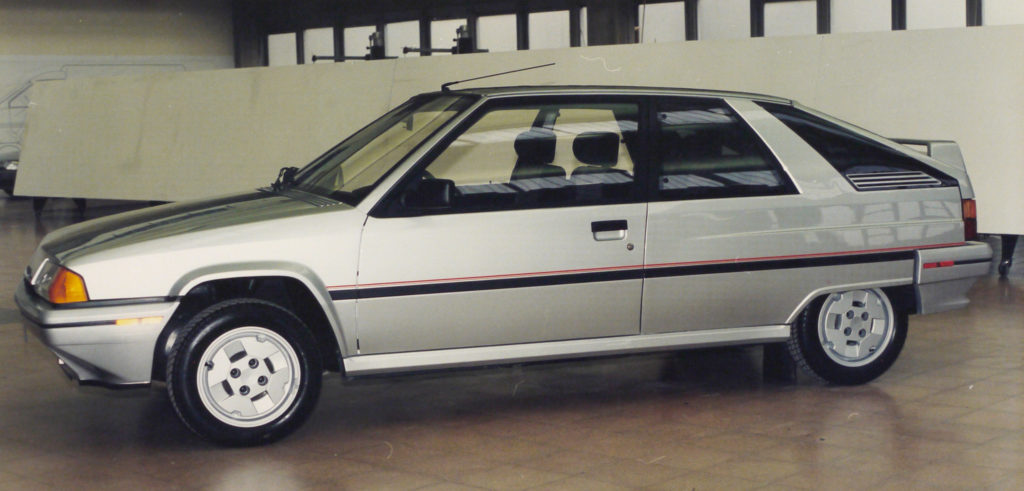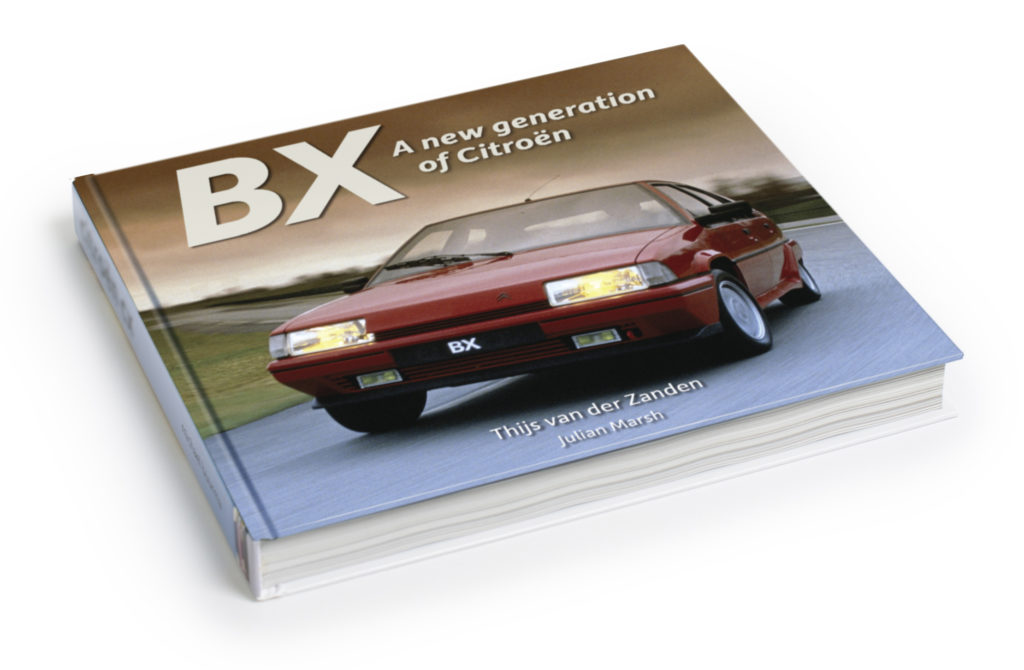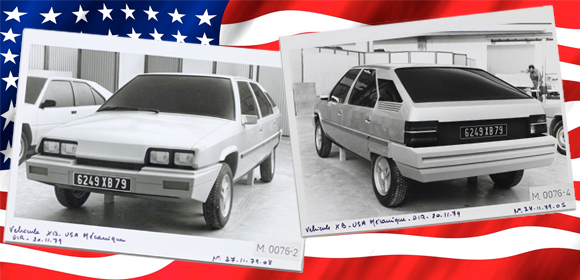By Thijs van der Zanden…..
Although Citroën stopped selling cars in the American market in 1973 and officially closed down its North American operations in 1977, that same year the idea of a possible return was already being mooted. Direct contacts between the management of PSA and Gerald Meyers, Chairman and CEO at AMC, the American Motors Corporation, had taken place in 1977 because PSA wanted to expand its network of Peugeot dealers in the US, while AMC was looking for a partner to increase its sales in Europe.
In March 1978 both parties looked set to sign an agreement: AMC would sell Peugeots and Citroëns in North America through its dealers, while Peugeot and Citroën would represent the AMC Jeep brand in Europe. However, AMC also indicated that it would also expect PSA to make a financial contribution, and so the French hesitated. Renault having heard of the imminent deal, made convenient use of this hesitancy and quickly concluded an agreement with AMC including acquiring 51% of AMC stock. In return, AMC would distribute Renaults in North America. For PSA, the opportunity had been lost, but of course they remained interested in the American market. That is also the reason why, throughout the years, several BX prototypes were developed that met the specific American regulations.

One of the ideas that was under development was to make the entire front of the car interchangeable, so that both European and American versions of the BX could be built using a common body. In 1979 there were several clay models in the workshop of the design studio with major differences on the mechanical level. There was in fact a ‘version hydraulique’ and a ‘version mécanique’, either hydropneumatic or conventionally sprung. It seems that preference was given to the solution without the hydropneumatics, because in 1980 another prototype of the ‘version mécanique’ model shows that the design had been further developed. What happened next is unfortunately not entirely clear, because after 1980 the archives remain silent about American versions, with the exception of some photos of a rather strange-looking design from the summer of 1982, at the time that the BX was presented. Around that time, Jacques Lombard, who was a member Citroën’s management team, told in an interview that “we now have more important things to do than try to get a foothold in North America.”
As late as 1984 there was again an internal BX discussion at Citroën. Initially, the idea was to market the 19 GT in the US, but from 1985 the BX 19 GTi, which was still being developed at that time, was preferred. In a meeting, all technical and stylistic changes were taken that were necessary to make the car compatible with American regulations and the somewhat more expensive taste of consumers there.

A prototype was built in February 1985. This car was shipped to the United States in April for testing. In the meantime, styling was also being worked on, with the intention that it should be ready by the summer. Unfortunately, the archives again give no definite answer about the results of the tests or the final design. However, we can assume that the project continued, because in 1987 a consumer test was organized with a prototype of a three-door BX coupé to gauge the reactions of the public.

In the end, BXs were never sold in the United States. Why is not entirely clear. Was the result of the consumer test disappointing, were the expected investments too high or had Citroën’s priorities shifted? Unfortunately, the archives do not provide a definitive answer.
In addition to Citroën, an external party was also busy preparing the American introduction of the BX at the time: the Dutch company CXA, which had specialized in converting European cars so that they could be sold in North America. The choice initially fell on the Citroën CX, but around 1988, plans were also made at CXA to sell the BX. Two BX 16vs were purchased, one red and one black. These were adapted to American taste and regulations in the Dutch town of Oisterwijk and presented at the New York auto show. The public showed interest and a few buyers even signed up. Yet CXA had its doubts. The marketing of a car in the United States required a substantial investment that would not be recovered for a few years. However, Citroën did not want to say how long the BX would be available, and CXA therefore thought the risk was too high.
Want to know more about the BX in the USA, or in other countries of the world? Take a look at “BX – A new generation of Citroën” a 300 page English language book about the BX by Citrovisie. Available for 44.95 euro + shipping) at www.citrovisie.nl.

Editors Note: When the book was first announced, we mentioned there were 2 books — a standard version and a limited collectors’ edition (with a luxurious slip case and signed by the author). The limited edition is already sold out but the content in both books is exactly the same.
.


When John McCulloch and I interviewed Red Dellinger about his life selling Citroëns and his dealership in Mechanicsburg PA, he recalled going to the Peugeot HQ in the USA when their US operation was closing down and discovering that their warehouse was stocked with many BX parts! That would have been about 1990. And that would make sense, since there could have been some sort of proactive measure taken at that time by PSA to get parts support going in the USA, given a potential deal being in the works with AMC. I recall Red saying that he was scratching his head at the time as to why there would be so much BX stuff in their warehouse when the BX was never sold here.